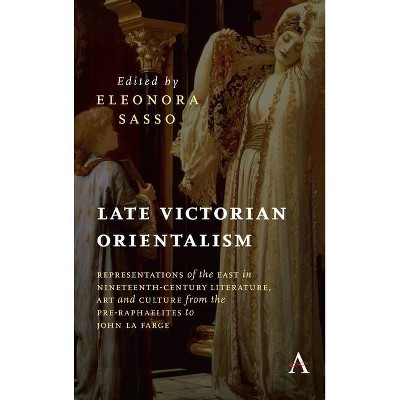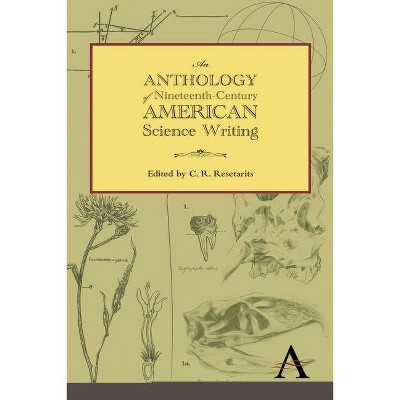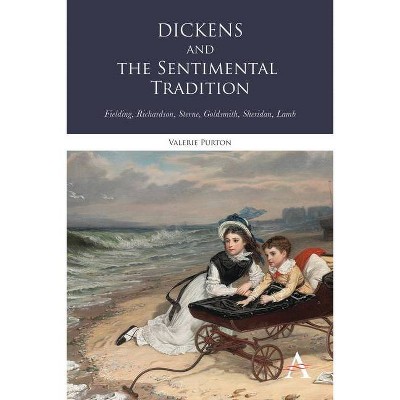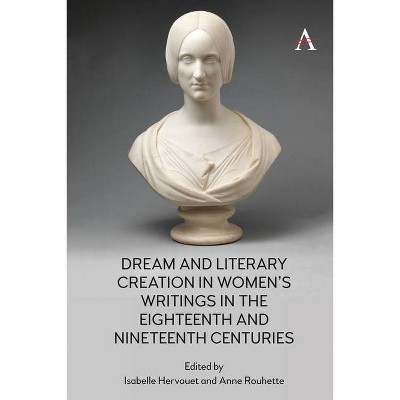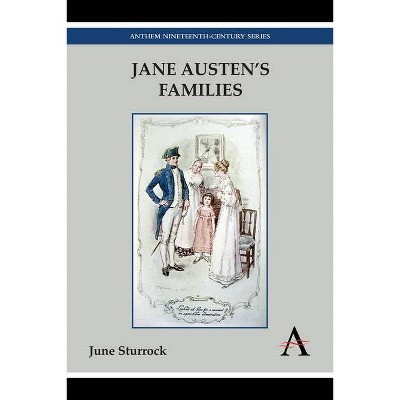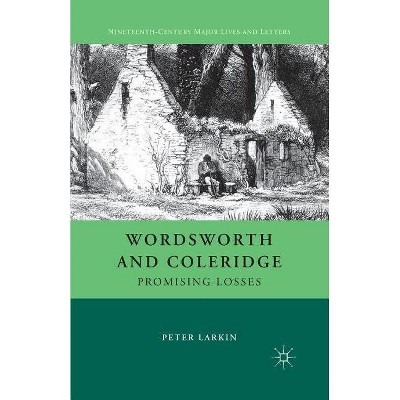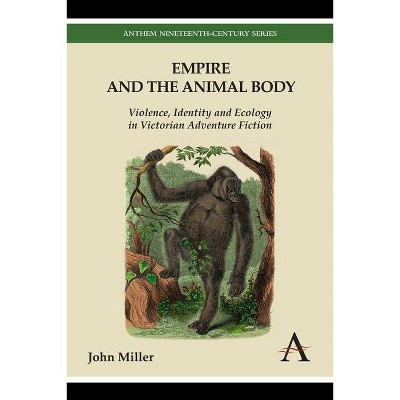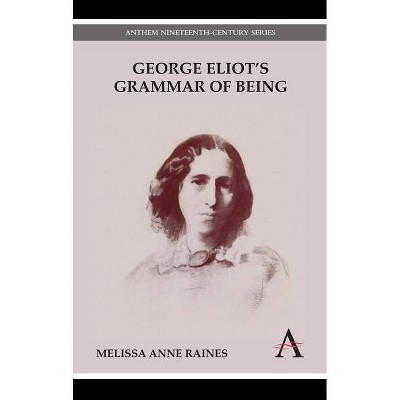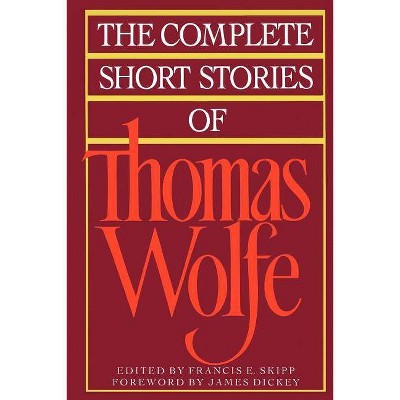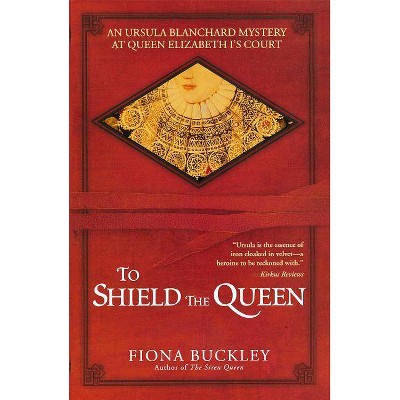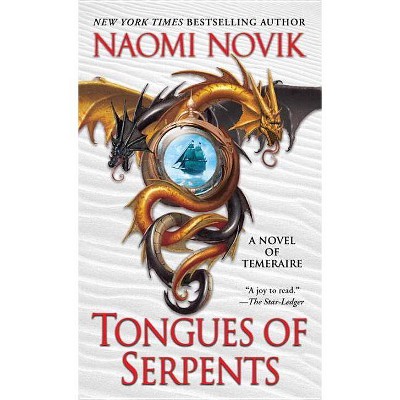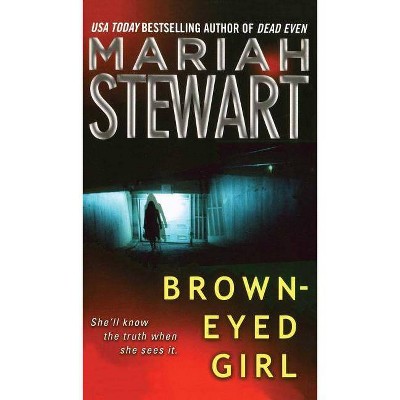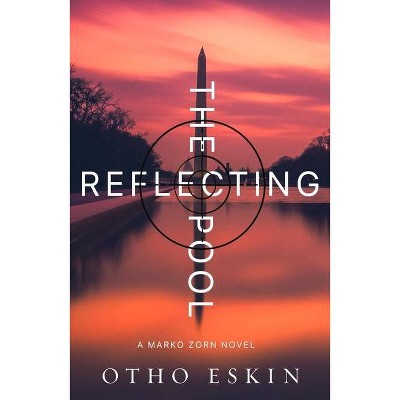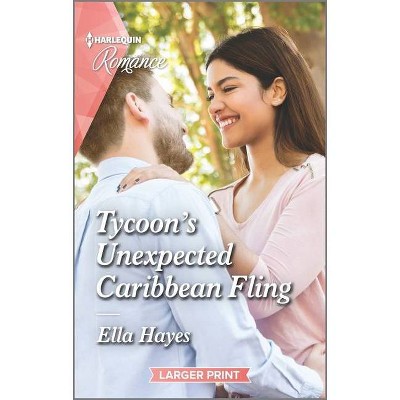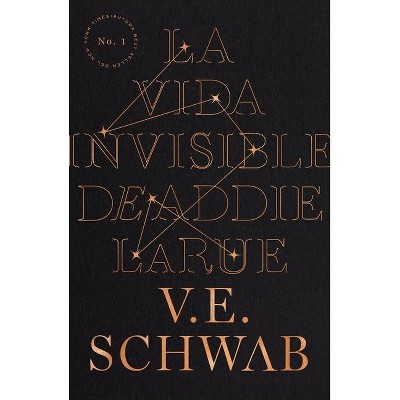Poetic Innovation in Wordsworth 1825-1833 - (Anthem Nineteenth-Century) by Jeffrey C Robinson (Hardcover)
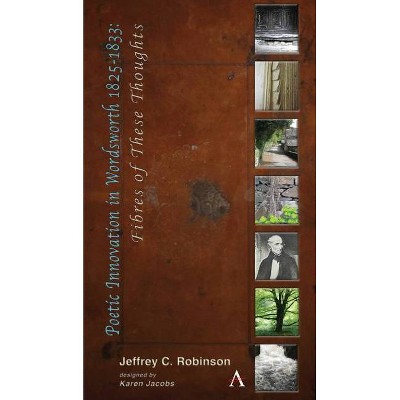
Similar Products
Products of same category from the store
AllProduct info
<p/><br></br><p><b> About the Book </b></p></br></br>Poetic Innovation in Wordsworth 1825-1833 uses extensive manuscript study of Wordsworth's poems to present, for the first time, an account of his poetics during the supposedly fallow years, 1825-1833. The poetry of this period appears in a landscape that includes manuscripts, streams and pathways, and Wordsworth's house and garden at Rydal Mount. The book's design, by Karen Jacobs, echoes Robinson's argument that Wordsmith's late poetry both involves and evokes multi-layered responses.<p/><br></br><p><b> Book Synopsis </b></p></br></br>Poetic Innovation in Wordsworth 1825-1833: Fibres of These Thoughts uses extensive manuscript study of Wordsworth's poems to present, for the first time, an account of his poetics during the supposedly "fallow" years, 1825-1833. Wordsworth wrote no manifestos during the later years and as a result the book turns to a manuscript page, unique among his dozens of notebooks, that when read spatially and in conjunction with other manuscripts and poems from the same period reveals a poetics in the making. Poetic Innovation in Wordsworth 1825-1833 develops a radical process of reading and interpreting, relying less on discursive prose and more on the conscious acknowledgment of the play of signifiers on the manuscript page. This has led Jeffrey Robinson to capture a "world" of Wordsworth (1825-1833) beginning with the manuscript and spreading outward to include the geography and topography relevant to his writing, the dwellings in which he worked, the well-known cottage industry of amanuenses who helped him produce his poems, the contemporary journals and poems of his sister Dorothy Wordsworth, and the social issues (Catholic Emancipation and Parliamentary Reform) that often occasioned them. Finally, the book presents a cluster of more-or-less unread poems worthy of inclusion in the Wordsworth canon. The book's design, by Karen Jacobs, echoes Robinson's argument that Wordsmith's late poetry both involves and evokes multi-layered responses.<p/><br></br><p><b> Review Quotes </b></p></br></br><br><p>Robinson's book takes on the late Wordsworth. Joining a small but noticeable chorus of scholars committed to Wordsworth's post-1807 oeuvre, among them Tim Fulford, James M. Garrett, Alison Hickey, and Brandon C. Yen, he argues that an era of Wordsworth's career often seen as fallow was actually productive of poetry worth reading. His methodology includes both the expected--manuscript microanalysis and book history--and the unexpected--interludes about Lake District walks and creative re-writings of primary texts. -- Katherine Bergren (2020) Poetic Innovation in Wordsworth 1825-1833: Fibres of These Thoughts, European Romantic Review, 31:4, 494-500, DOI: 10.1080/10509585.2020.1775972</p><br><p/><br></br><p><b> About the Author </b></p></br></br><p>Jeffrey C. Robinson is a Romanticist with an interest in Romantic and twentieth-century avant-garde poetics. After teaching for many years at the University of Colorado, Boulder, USA, he is now an honorary senior research fellow at the University of Glasgow, Scotland. Robinson's recent books include "Unfettering Poetry: The Fancy in British Romanticism"; "Poems for the Millennium, Volume Three: The University of California Book of Romantic and Postromantic Poetry" (coedited with Jerome Rothenberg); "Untam'd Wing: Riffs on Romantic Poetry"; and "Active Romanticism: The Radical Impulse in Nineteenth-Century and Contemporary Poetic Practice" (coedited with Julie Carr).</p>
Price History
Price Archive shows prices from various stores, lets you see history and find the cheapest. There is no actual sale on the website. For all support, inquiry and suggestion messagescommunication@pricearchive.us
